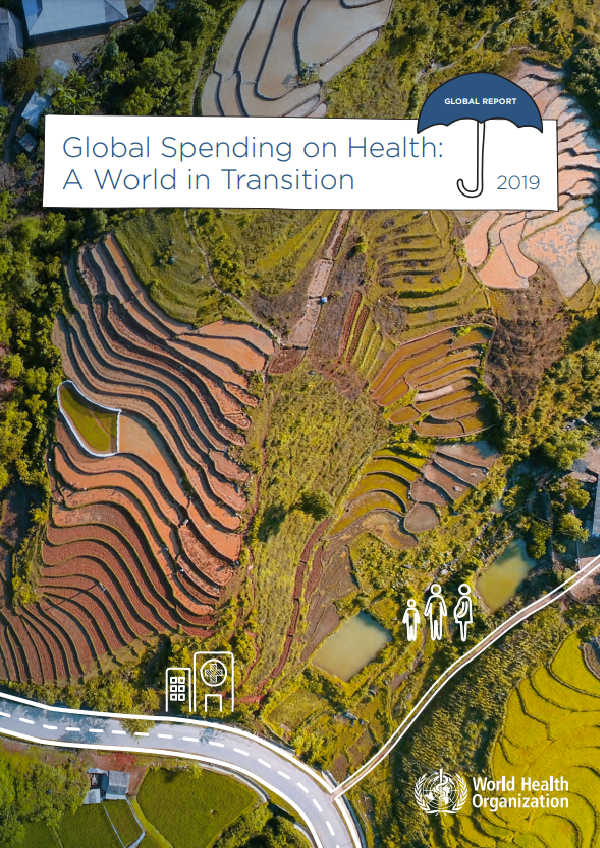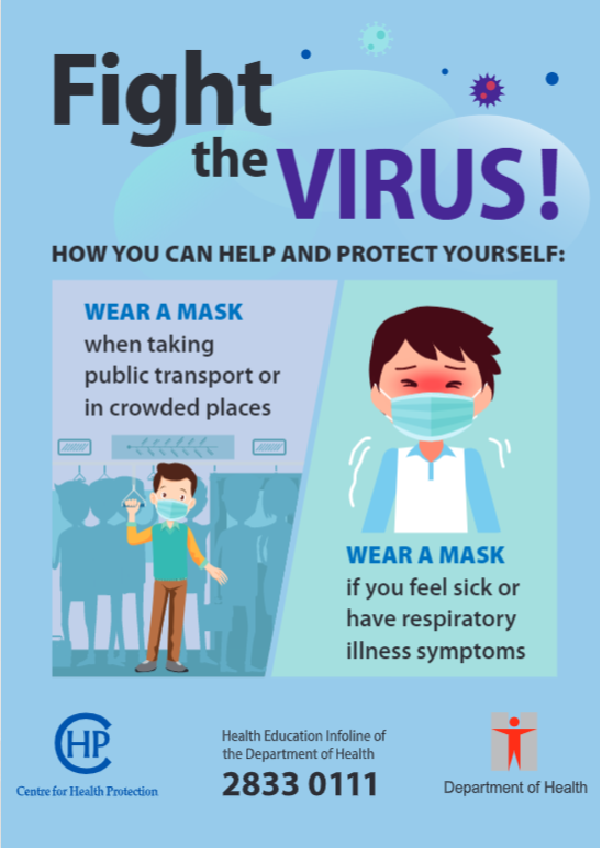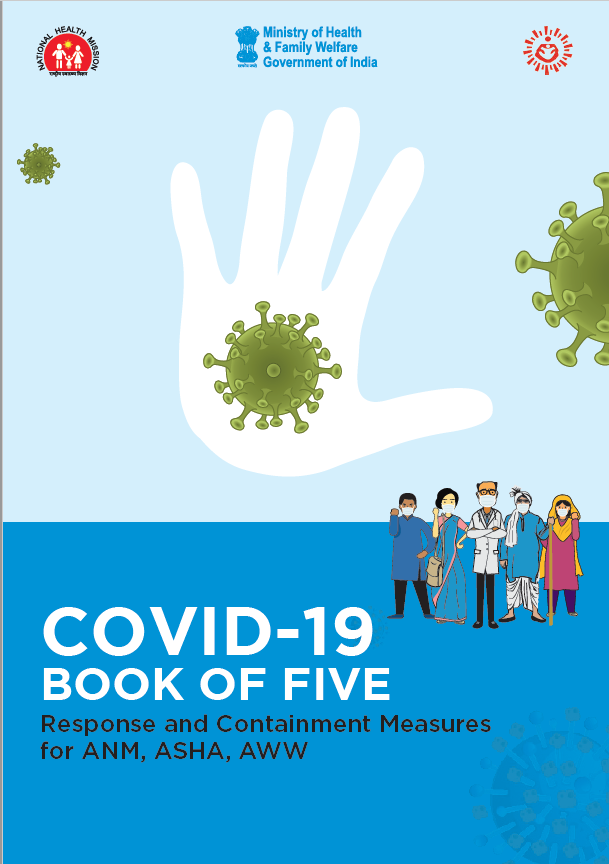This 2019 report Global health spending: A world in transition examines how countries progress towards financing UHC in a world in transition.
The report’s key messages include:
It updates the upward trends in global health spending, confirming the increasing convergence of middle income countries towards high income countries’ health spending profiles, with increased domestic and public spending and the decreasing role of overseas development assistance.
The report highlights how most countries that experienced high rates of economic growth also undertook a health financing transition towards increasing the share of health spending funded publicly, while the transition from aid is slower.
The health financing transition is also accompanied by a transition of institutions with increased pooling and increased public financing.
And while there is more and more evidence on the levels of spending on PHC, more analysis is needed to understand how countries can ensure adequate financing for the primary health care priority.
We are now 10 years away from the 2030 Sustainable Development Goal (SDG) finish line. Five years into the SDG journey that started in September 2015, the world continues to make progress on human development on many fronts. Poverty continues to decline at all poverty lines, levels of education are progressing, and child mortality continues to fall.
Most countries have experienced economic growth and growing market demand over the past two decades. Economic growth and improvements in efficiency of public taxation have also increased public revenue, contributing to increases in both private and public spending on health, with the health sector growing faster than the economy as a whole. As a result, people’s access to needed health services continues to progress in all regions of the world and for all country income groups.
Yet this progress continues to leave too many countries and too many people behind. Progress in access to services is slowing globally, with lower annual rates of increase between 2010 and 2015 than between 2000 and 2010. While markets adapted quickly to growing demand, public policy to address market failures in health care and protect the most vulnerable has adjusted more slowly.
Large inequities remain between and within countries. Progress is particularly slow in improving access to skilled health workers and essential medicines. Progress also comes at a cost, with an increase in out-ofpocket spending globally as social protection policies and institutions adapt to the new parameters of health service markets.
Progress can be accelerated. The targets set for universal health coverage (UHC) in the SDGs in low and middle income countries can be achieved through the primary health care (PHC) route with a relatively modest additional investment of around $370 billion a year – $200 billion for PHC and $170 billion for other services to reach UHC. Health financing institutions are transforming, if slowly.
Public spending on health is growing globally and is associated with less financial hardship. More countries have legislative and legal frameworks for UHC. Looking forward, most countries can make substantial progress by using domestic resources to increase PHC spending, through higher public spending on health, reallocations towards PHC or a combination of the two. Allocating or reallocating at least an additional 1% of GDP of public spending for PHC is within reach in all countries.
The global community renewed its strong commitment to Universal Health Coverage at the UHC High Level Meeting in New York in September 2019 (Box 1). Heads of State and Government and representatives of States and Governments, “reaffirm that health is a precondition for and an outcome and indicator of the social, economic and environmental dimensions of sustainable development and the implementation of the 2030 Agenda for Sustainable Development, and strongly recommit to achieve universal health coverage by 2030”. The political declaration of the high-level meeting on universal health coverage: Moving together to build a healthier world – is the most comprehensive declaration adopted by members of the United Nations on the universal right to access to services. Central to this declaration is the recommendation that countries develop the capabilities of their health financing institutions to sustain appropriate domestic financing of health and to increase public spending on primary health care by at least 1% of GDP.
This 2019 report Global health spending: A world in transition examines how countries progress towards financing UHC in a world in transition. It updates the upward trends in global health spending, confirming the increasing convergence of middle income countries towards high income countries’ health spending profiles, with increased domestic and public spending and the decreasing role of overseas development assistance. The report highlights how most countries that experienced high rates of economic growth also undertook a health financing transition towards increasing the share of health spending funded publicly, while the transition from aid is slower. The health financing transition is also accompanied by a transition of institutions with increased pooling and increased public financing. And while there is more and more evidence on the levels of spending on PHC, more analysis is needed to understand how countries can ensure adequate financing to prioritize primary health care.











